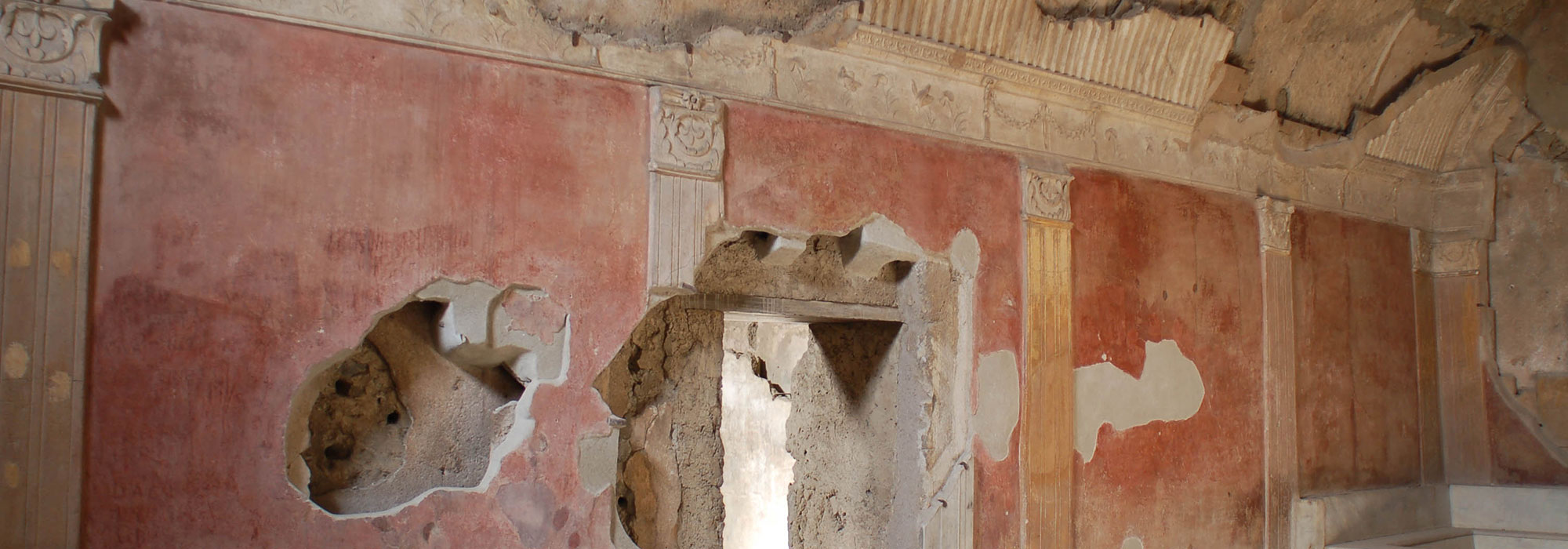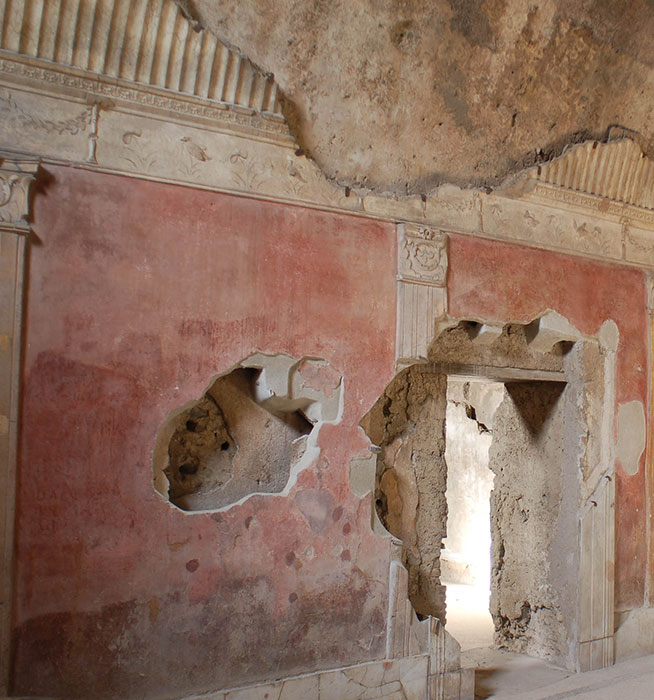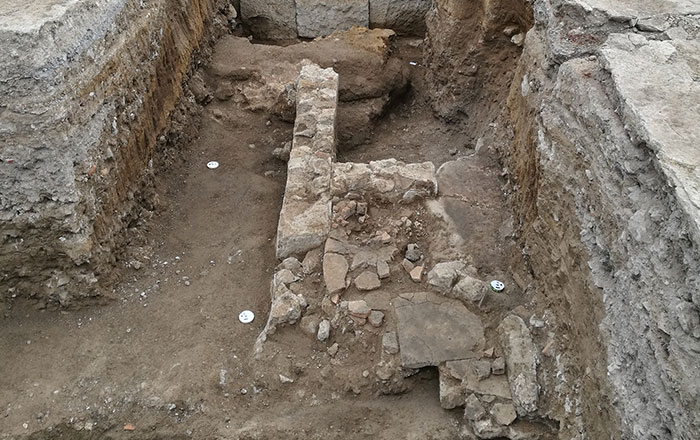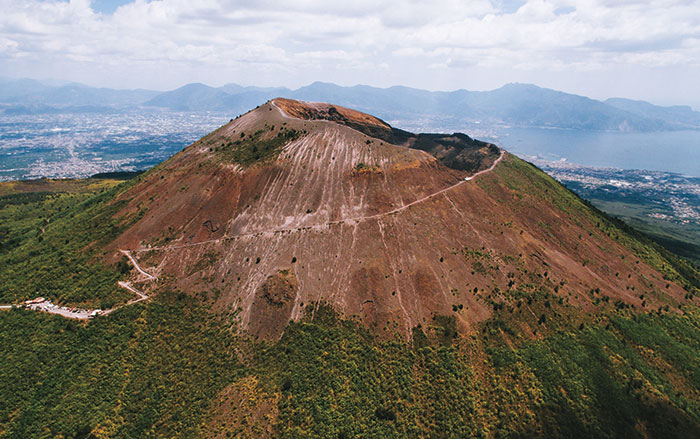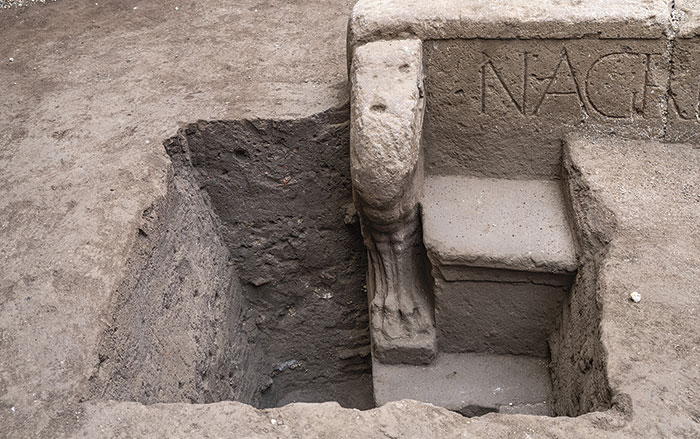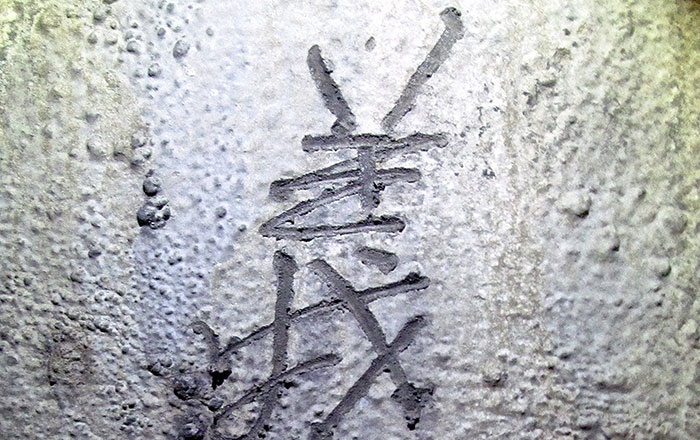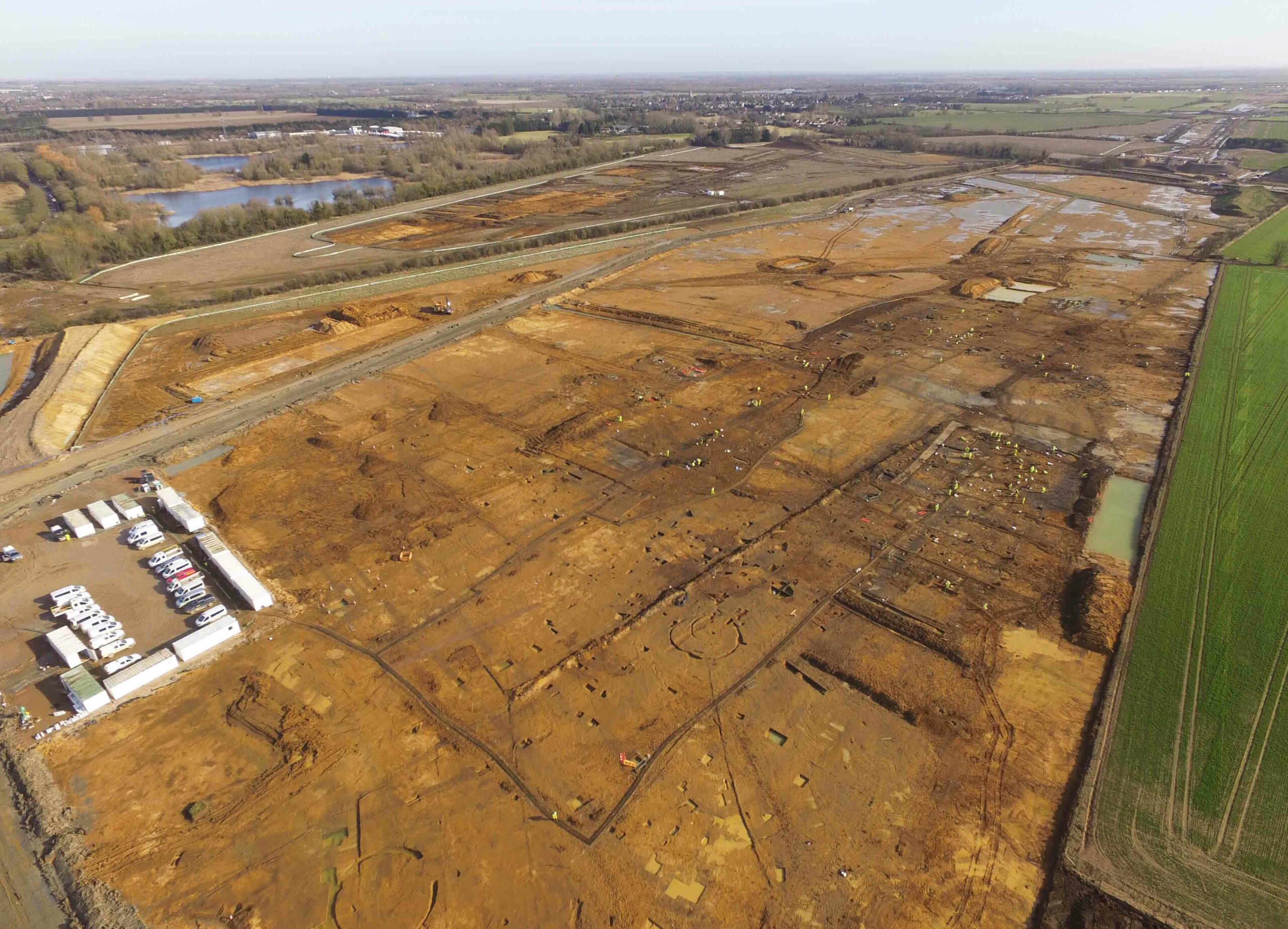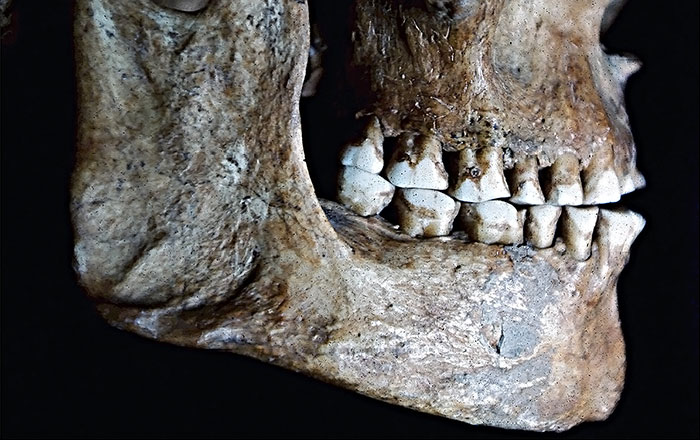
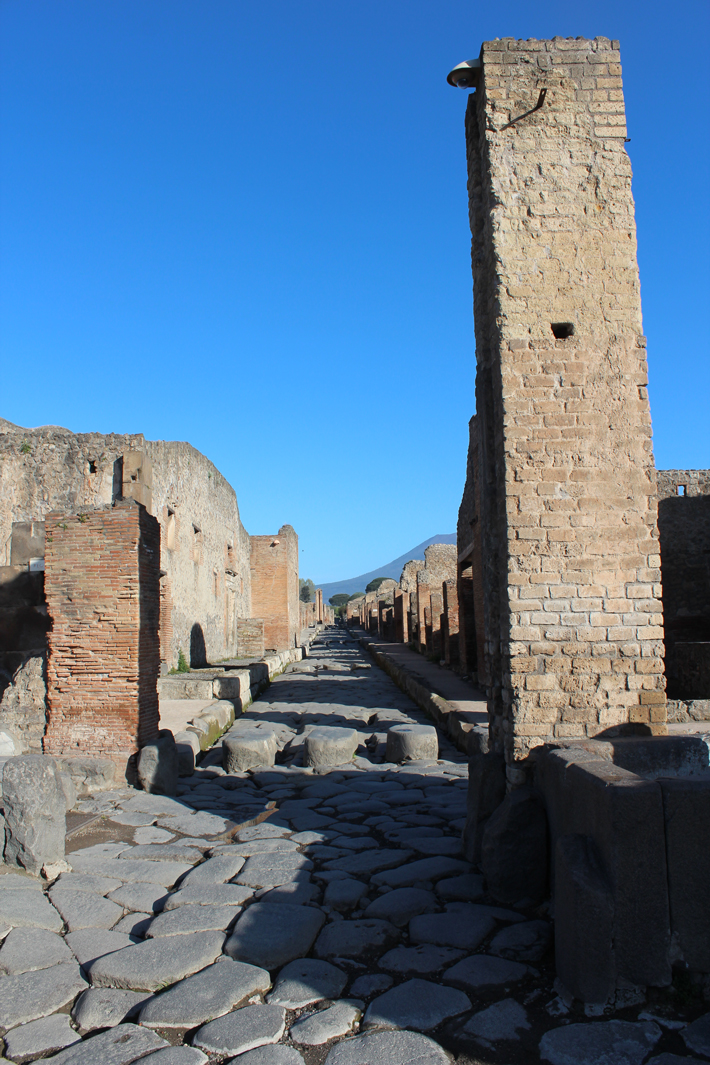
Public bathing was a daily leisure activity for many Pompeians, and the baths were a place for exercise, pampering, and social gatherings with friends. The Stabian Baths, the oldest of five public bath complexes in the city, were built sometime after 125 B.C. and occupied a prime location at the intersection of two main thoroughfares. Around the turn of the first century A.D., the baths were supplied for the first time with running water from the public aqueduct. Water had previously come from a well that supplied a reservoir on the complex’s roof. “This caused a major revolution in bathing culture,” says archaeologist Monika Trümper of the Free University of Berlin, who leads ongoing excavations of the baths. Renovations of the Stabian Baths at the time introduced amenities such as a cold-water pool, a hot bath, running fountains, and heated walls and floors in the complex’s warm and hot rooms.
Rebuilding efforts undertaken after the earthquake that struck Pompeii in A.D. 62 made the Stabian Baths an even more luxurious space. In addition to necessary repairs, Trümper explains, the complex was again completely remodeled, enlarged, and embellished with new decoration to match the state-of-the-art standards set by the Central Baths, which were under construction nearby. A swimming pool and decorative fountains were added, along with new shops on the building’s street front. “The earthquake was the chance to rebuild the city,” Trümper says, “and to modernize bathing facilities in grand style.”



